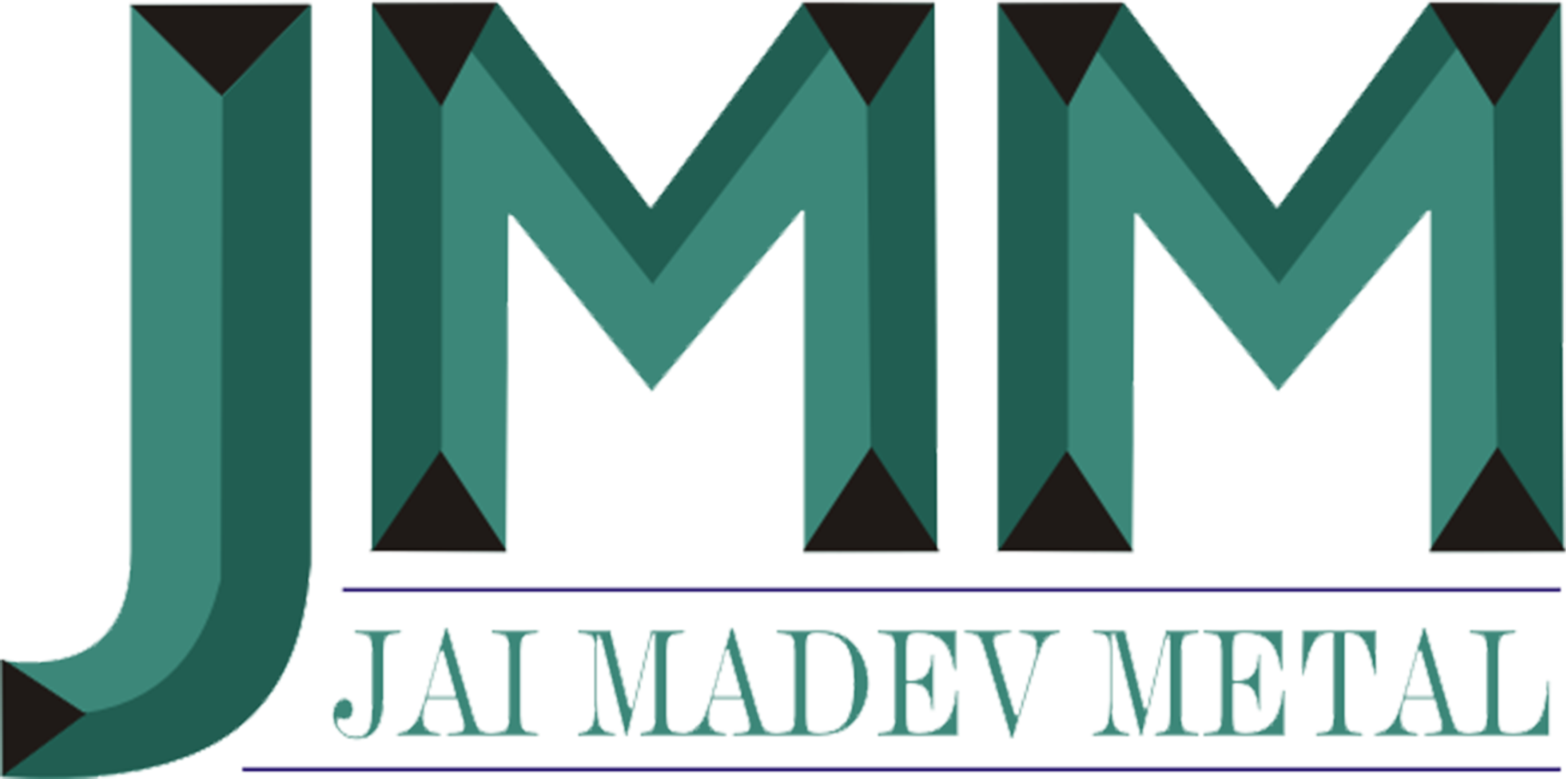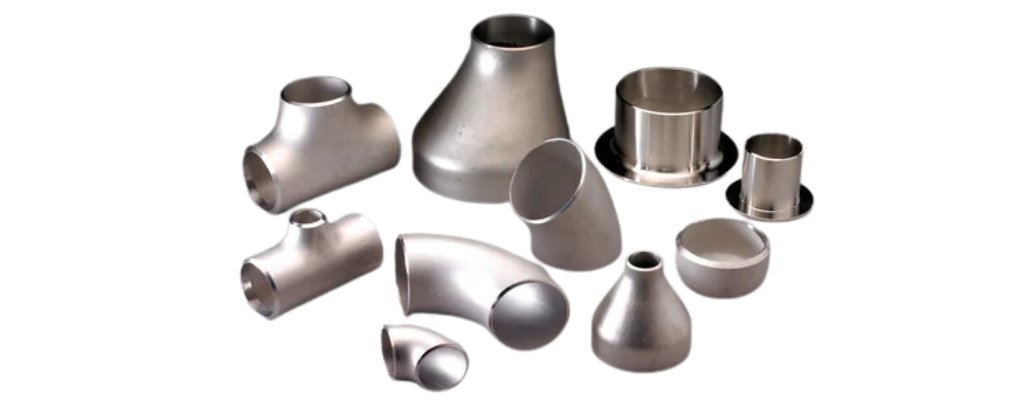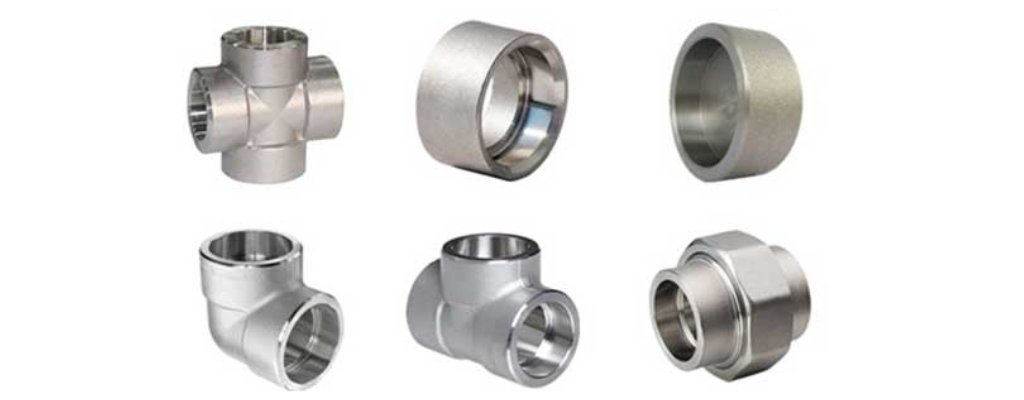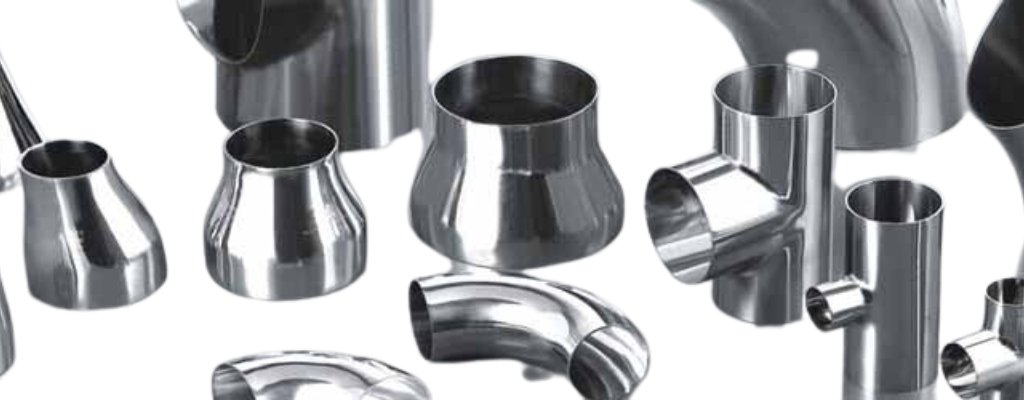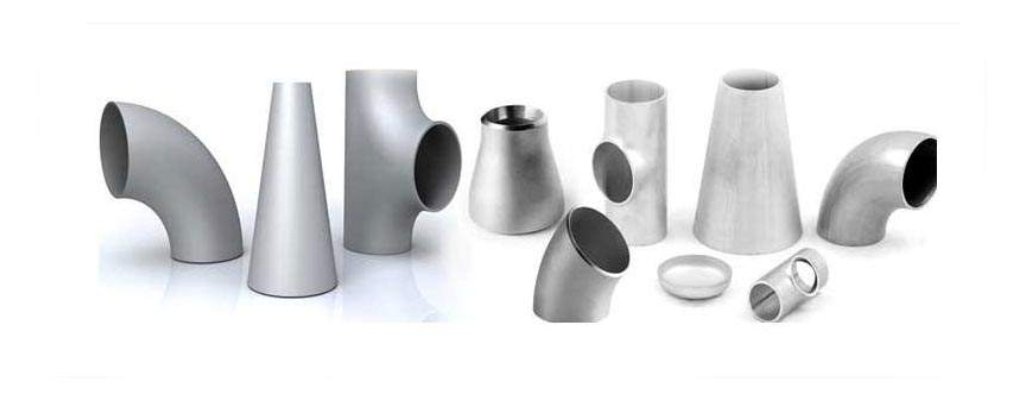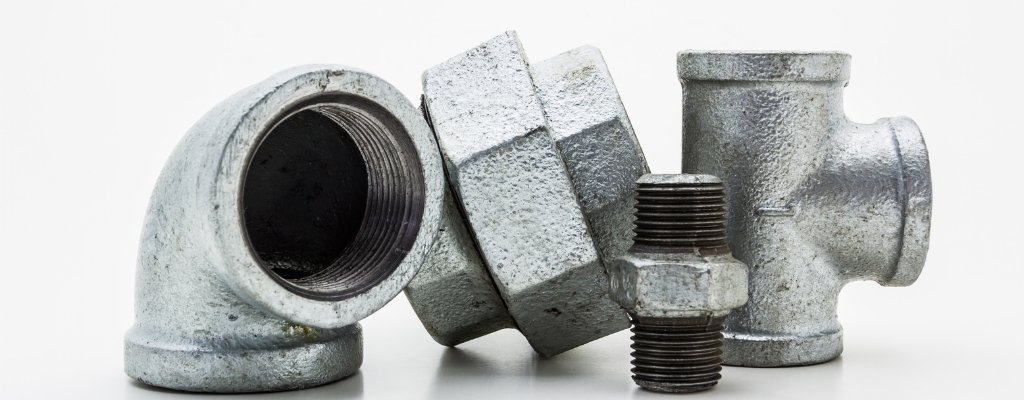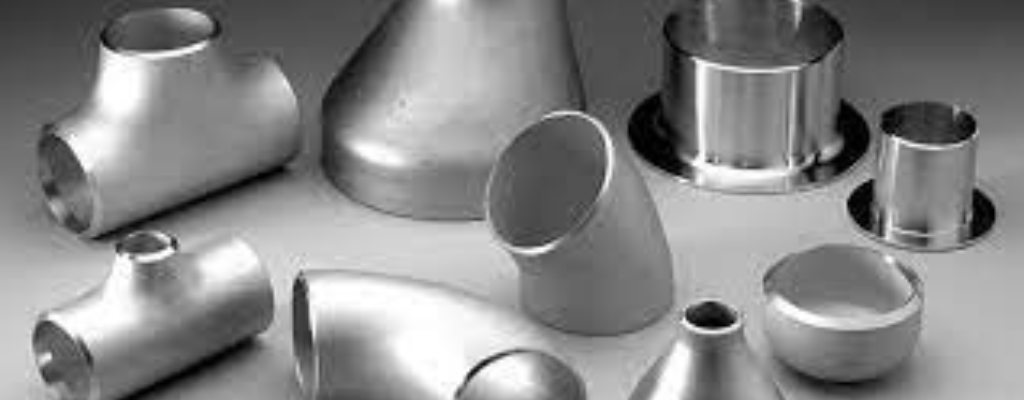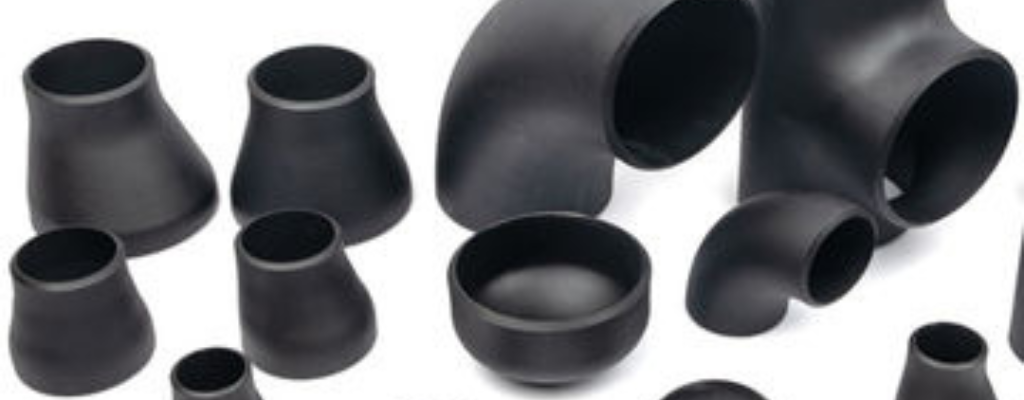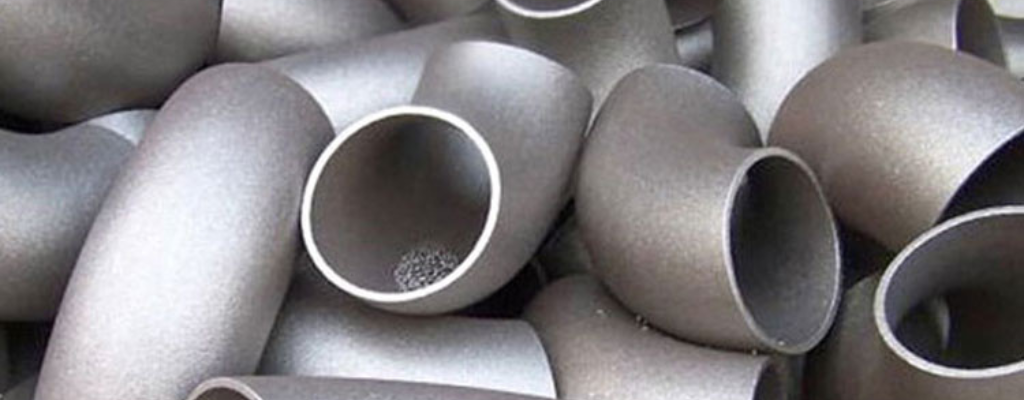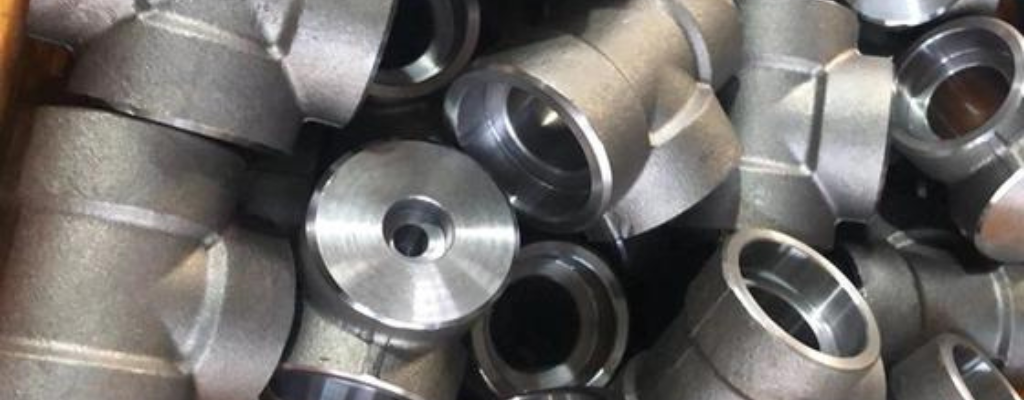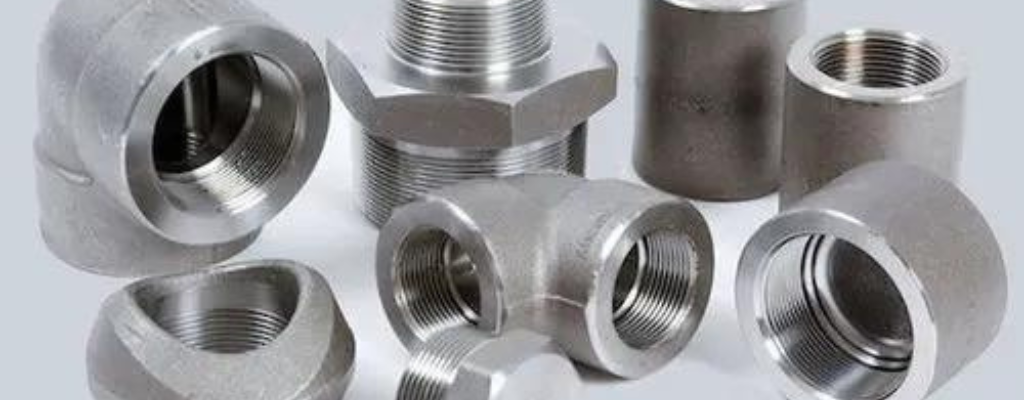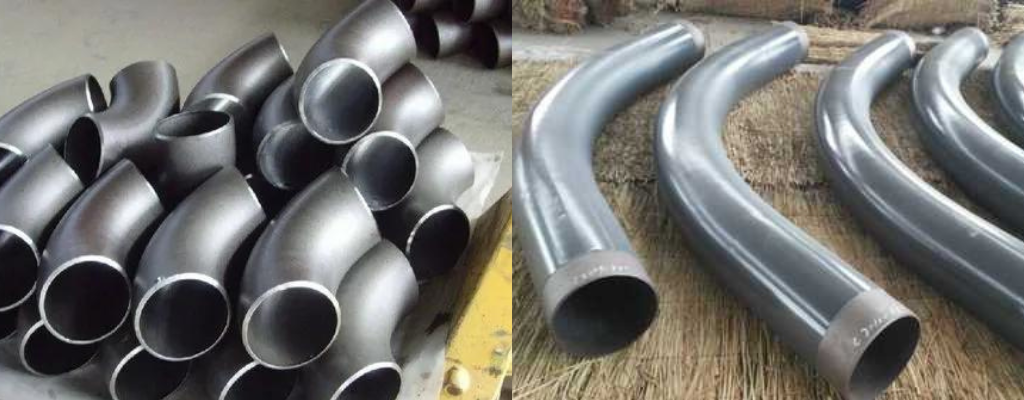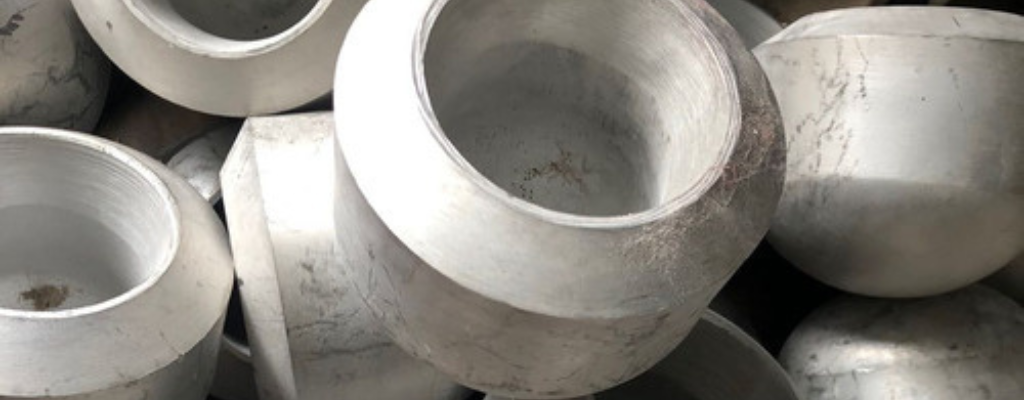| Material Grade |
Stainless Steel 304 |
| Standard |
ASTM A403, ASME SA403, ASTM A182, ASME SA182, ASTM A276, ASME SA276, ASTM A479, ASME SA479, ASTM A182 F304, ASME SA182 F304, ASTM A240, ASME SA240 |
| Size Range |
1/2″ to 48″ (DN15-DN1200) |
| Types |
Elbow, Tee, Reducer, Coupling, Union, Cross, Cap, Plug, Bushing, Nipple, Stub End, etc. |
| Pressure Ratings |
Class 150, Class 300, Class 600, Class 900, Class 1500, Class 2500, PN6, PN10, PN16, PN25, PN40, PN64, PN100, PN160, PN250, PN320, PN400 |
| End Connections |
Butt Weld, Socket Weld, Threaded, Flanged |
| Schedule |
Sch 5S, Sch 10S, Sch 40S, Sch 80S, Sch 160, Sch XXS |
| Manufacturing Standards |
MSS SP-43, MSS SP-79, MSS SP-83, MSS SP-95, MSS SP-97, BS 3799, ASME B16.9, ASME B16.11, ASME B16.28, ASME B16.25, ASME B16.5, ASME B16.47, DIN 2605, DIN 2615, DIN 2616, DIN 2617, EN 10253-4, EN 10253-2, EN 10253-1, EN 10253-3, EN 10241, EN 10242 |
| Surface Finish |
Pickled, Passivated, Polished, Electro-Polished, Sandblasted |
| Applications |
Chemical Processing, Food and Beverage, Pharmaceutical, Petrochemical, Oil and Gas, Plumbing Systems, HVAC, Water Treatment, Construction, etc. |
